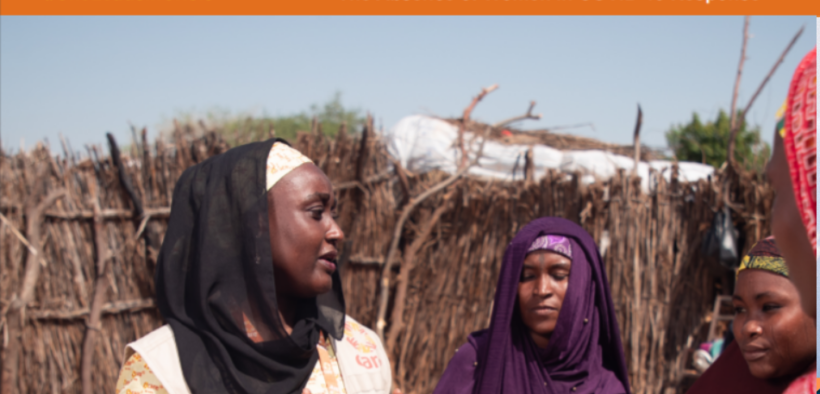New analysis released by the aid agency CARE has found only one of 30 countries has an equal or greater number of women to men amongst their COVID-19 response leadership teams.
The report, “Where Are The Women?”, also found women’s representation directly correlates with new funding or policies to make childcare and reproductive healthcare more accessible, prevent violence against women, and assist people on low-incomes during COVID-19.
On average, countries’ COVID-19 leadership teams were only 24% female.
With 12 female members on its 23-person COVID-19 leadership team, the report found Canada is ahead of the pack in considering women’s needs and vulnerabilities during the global pandemic and economic crisis.
Brazil, the latest COVID-19 hotspot, has only one woman on its 27-person crisis committee. Australia and New Zealand are around average, with only 25% and 20% female representation, respectively.
CARE Australia’s Advocacy Manager, Roslyn Dundas, said the report has yet more evidence of why it is important to have women leaders in decision-making roles.
“From caring for children, to insecure jobs, to domestic violence, women all around the world are bearing the brunt of the COVID-19 crisis, yet their voices aren’t being heard,” Dundas said.
CARE’s report found the people making decisions on how we respond to the crisis are overwhelmingly male, which means the solutions are coming from an overwhelmingly male perspective.
“Any group that is over-represented in leadership is bound to see this unprecedented global challenge in terms of their own life experience — as shaped by their gender, race, sexuality and a whole host of other factors,” Dundas said. “This report shows that governments’ COVID-19 responses have, for the most part, been designed by men, for men.”
In 16 of the 30 countries, CARE found no evidence governments were taking extra action to address violence against women, despite domestic violence services around the world warning women with violent partners are especially at risk during lockdowns.
One third do not appear to take sexual and reproductive healthcare into account, despite warnings that healthcare systems overload during COVID-19 could lead to a surge in unplanned pregnancies.
Australian state, territory and federal governments have devoted additional funding to domestic violence services, but none to sexual and reproductive healthcare. And while the Australian government announced free childcare at the height of the pandemic, it was revealed this week that will end on 12 July.
The report also found a correlation between women’s representation at the highest levels of power (as defined by the Women’s Power Index) and COVID-19 responses that consider women’s needs and vulnerabilities.
But Dundas said the report shows that all around the world, there is a risk COVID-19 responses will exacerbate gender inequality.
“While some high-profile women leaders have rightly been praised for their handling of the crisis, we need to look beyond individual examples and address the systemic barriers to women’s leadership and participation,” she said.“Only when women and minorities are part of making decisions can we ensure that we are creating the most effective responses to the great challenges of our time.”
Pearl Dy is a community manager and journalist. She is passionate about business and development particularly involving not-for-profits, charity and social entrepreneurship.
























































































































































